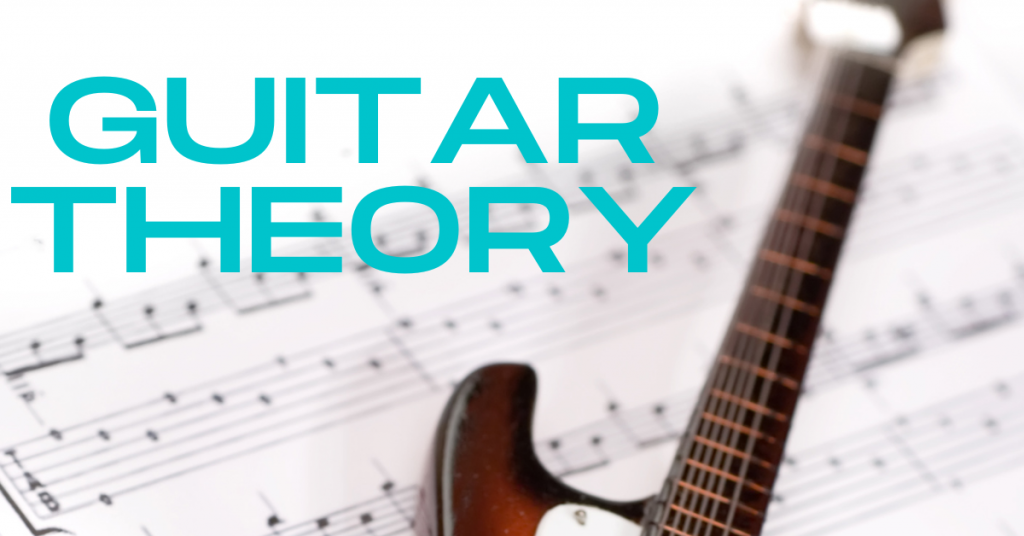Learn the basics of music theory with this simple, but extensive music theory terms list.
Basic Music Theory Terms List
Accidental
An accidental is a sharp (#) or flat (b) note.
Arpeggio
Defined simply, an arpeggio is a broken down chord.
For example, a C major arpeggio is the notes C,E, and G played by themselves, rather than being harmonized.
Ascending
Ascending means moving up in pitch, usually referring to moving up and down in a musical scale, arpeggio, or other musical sequence.
Chord
A chord is 3 notes or more played at the same time (harmoniously).
Circle of fifths
A circular diagram showing the relationship between the 12 keys in the chromatic scale.
Descending
Descending means moving down in pitch, and, like ascending, usually refers to moving down a musical scale, arpeggio, or other musical sequence.
Dominant
A dominant refers to the fifth note or chord in a scale.
Extended/ Extension
An extension is the addition of a 9th, 11th, or 13th in a chord.
When you add an extension it’s called extending the chord.
Flat
A note is flattened when it moves down a half step/semitone.
Harmonic interval
A harmonic interval is two different pitches played at the same time.
This is sometimes called a “dyad”.
Harmony
Different pitches played together creates harmony.
Understanding harmony means having a working knowledge of chords and intervals.
Interval
An interval defines the distance from one note another note.
Here’s an interval chart using the chromatic scale, starting from the root note C.
| R | ♭2 | 2 | ♭3 | 3 | 4 | ♭5 | 5 | ♭6 | 6 | ♭7 | 7 |
| C | C# | D | Eb | E | F | F# | G | G# | A | Bb | B |
Inversion
An inversion, or inverting a chord, means to change the order of notes to where the bass note is no longer the root note.
Key
A key is the diatonic major or minor scale that a piece of music is built from.
The key is defined by the root note, and is identified by the number of sharps or flats after a clef.
Major Scale
The major scale is the most common scale in Western music, built from the interval structure:
1-2-3-4-5-6-7
Melody
The recurring sequence of notes used to create a song. A melody is generally accompanied by rhythm and harmony.
Minor Scale
The minor scale is built from the 6th degree of a major scale, and results in the interval structure:
1-2-b3-4-5b6-b7
Mode
A mode is the name of a scale built from any group of notes, and is determined by the interval structure relative to the root/tonal center.
Modulate/Modulation
A modulation happens when you change keys in the music.
Octave
An octave is an interval occurring 12 pitches/semitones higher than the original pitch.
For example, E3 to E4 is considered an octave.
This means you’ll end up at the same note, but it will have a higher pitch.
Pentatonic Scale
A pentatonic scale is a five-note scale.
Root
The root is the first note (the 1) in a scale, chord, or arpeggio, and acts as the tonal center.
Rootless Voicing
This is a chord voicing without a root note.
Scale
A scale is a group of notes organized by an interval structure, and is defined by the tonal center, which is the root note.
Semitone
A semitone is a half step movement. It’s the shortest interval in the chromatic scale.
A half step occurs when you sharpen or flatten the initial note. This means it’s one note higher or lower than the initial note.
You can also think of a semitone as two adjacent notes.
Sharp
A note is sharpened (#) when it moves up a half step/semitone.
Tone
Tone, also called a whole tone or whole step, is an interval of two semitones, which means two notes higher or lower than the initial note.
Tonic
The first note of a scale, also called the root.
Transcribe/ Transcription
Transcribing means to notate music from an audible source.
Transpose
Transposition is changing the key of the music. This could be a parallel shift, such as changing the key from major to minor, or a shift by a specific interval, such as moving the key up a major third.
Triad
A triad is a three-note chord. The most common triads are major, minor, and diminished.
Unison
A unison happens when two or more notes with the same pitch are played simultaneously.
Vibrato
Vibrato means moving a note out in and out of pitch, generally with a consistent alteration.
Voicing
A voicing is how a group of notes is arranged or “voiced” in a harmony.



